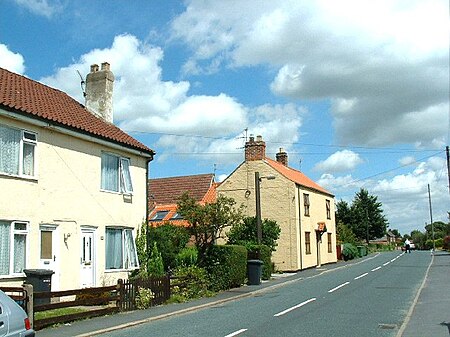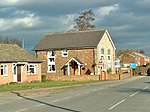Camblesforth
Civil parishes in North YorkshireOpenDomesdaySelby DistrictUse British English from April 2015Villages in North Yorkshire

Camblesforth is a village and civil parish in the Selby District of North Yorkshire, England. According to the 2001 Census the civil parish had a population of 1,526, increasing to 1,568 at the 2011 Census. The village is 5 miles (8 km) south of Selby and 7 miles (11 km) west of Goole. It was historically part of the West Riding of Yorkshire until 1974.It has a Methodist Chapel (1894) which is used for Parish Council and other meetings, and two public houses, the Comus Inn and the Black Dog.
Excerpt from the Wikipedia article Camblesforth (License: CC BY-SA 3.0, Authors, Images).Camblesforth
Camela Lane,
Geographical coordinates (GPS) Address Nearby Places Show on map
Geographical coordinates (GPS)
| Latitude | Longitude |
|---|---|
| N 53.730236 ° | E -1.018661 ° |
Address
Camela Lane
Camela Lane
YO8 8HB , Camblesforth
England, United Kingdom
Open on Google Maps









